Power Float vs Polished Concrete: Which is the Better Option
Concrete is a popular material used in construction projects due to its durability and versatility. However, once the concrete has been laid, it needs to be finished and polished to achieve the desired aesthetic and functional qualities. Power floating and polished concrete are two popular methods for finishing concrete surfaces, each with its own advantages and disadvantages.
Choosing between these two methods can be challenging, especially if you’re not familiar with their differences. In this article, we will provide an overview of power floating and polished concrete and explore the factors that can help you decide which option is the better choice for your specific project.
Power float and polished concrete
Power float is a method of finishing concrete floors that involves using a machine with rotating blades to smooth and level the surface. This creates a dense and hard-wearing surface that is ideal for high-traffic areas. Polished concrete, on the other hand, is achieved by using progressively finer diamond abrasives to grind the surface of the concrete. This results in a smooth, glossy surface that can be customized with different colors and finishes.
Importance of choosing the right flooring option for a project
The flooring of a building is a crucial element in its design and functionality. It can affect the overall look and feel of the space, as well as its durability and maintenance requirements. Choosing the right flooring option for a project involves considering factors such as the purpose of the space, the amount of foot traffic it will receive, and the budget available. Making the wrong choice can result in costly repairs, premature wear, and tear, and even safety hazards.
Contents
Power Float
Definition and process of power floating
Power floating is a method of finishing concrete surfaces by using a machine that smoothens and compacts the surface through a combination of weight, speed, and pressure. This process is usually done after the concrete has been poured and leveled to achieve a smooth and level surface. The process typically includes initial troweling, multiple passes with the power trowel machine, edging, and curing for several days.
Advantages of power float
- Power floating produces a smooth and level finish on concrete surfaces, making it particularly useful for floors used for industrial or commercial purposes where a level surface is important for safety and efficiency.
- Power floating compresses the surface of the concrete, making it more resistant to wear and tear, which increases its durability.
- Power floating is a quick process and allows for faster completion of construction projects, which saves time and money.
- As a mechanical process, power floating requires less labor than traditional hand-troweling methods, which helps reduce labor costs.
Disadvantages of power float
- Power trowel machines can be expensive to purchase or rent, which can add to the overall cost of a construction project.
- Power floating can over-finish the surface of the concrete, making it too smooth and slippery. This can be hazardous for foot or vehicle traffic and reduce the concrete’s ability to bond with other materials.
- The power trowel operator must be skilled in using the machine to ensure a smooth and level finish and avoid over-finishing.
- Power floating may not be suitable for all types of concrete surfaces, such as those with high water-cement ratios or those with added admixtures that affect the finishing properties of the concrete. Careful consideration is necessary before using power floating in these cases.
Types of finishes that can be achieved with power float
There are different types of finishes that can be achieved through power floating are as under bellow:
- Smooth finish
- Textured finish
- Stamped finish.
The type of finish depends on the type of blades used in the power float machine and the timing of the floating process.
Polished Concrete
Definition and process of polished concrete
Polished concrete is a process that involves using a concrete densifier, a series of progressively finer diamond grit abrasives, and a polishing machine to refine the surface of a concrete floor. The process involves grinding, honing, and polishing the surface to create a smooth, glossy finish.
Advantages of polished concrete
- High durability and longevity
- Low maintenance requirements
- Aesthetically pleasing appearance
- Improved indoor air quality.
- Environmentally friendly
Disadvantages of polished concrete
- High upfront cost
- Susceptibility to cracking
- Requires specialized equipment and expertise.
- Not suitable for every environment
Types of finishes that can be achieved with polished concrete
There are different types of finishes that can be achieved with polished concrete, including a matte finish, a high-gloss finish, and a stained finish. The type of finish depends on the level of sheen desired and the use of additional coloring agents.
- Matte finish: This finish has a low level of sheen, which gives the concrete a natural and subtle look. It is achieved by using diamond abrasives to grind the concrete to a specific level of smoothness.
- High-gloss finish: This finish has a high level of sheen, which gives the concrete a shiny and reflective look. It is achieved by using finer diamond abrasives to create a smoother surface and then applying a sealer.
- Stained finish: This finish involves the use of coloring agents to create a more vibrant and decorative look. Stains can be applied before or after the polishing process to achieve the desired color and effect.
Comparison
Comparison of durability and lifespan
- Power floated concrete is durable because the mechanical process of power floating compacts the surface, making it more resistant to wear and tear. This can improve the concrete’s resistance to damage from foot or vehicle traffic, which is useful in industrial and commercial settings.
- Polished concrete is also durable, as the polishing process hardens the surface of the concrete, making it more resistant to scratches, stains, and impact. Polished concrete is also known for its low maintenance requirements, making it an excellent choice for high-traffic areas.
- The lifespan of power floated concrete can vary depending on factors such as the quality of the concrete, the quality of the power floating process, and the conditions the concrete is exposed to. Generally, well-maintained power floated concrete can last for 20-25 years.
- Polished concrete, when properly installed and maintained, can last even longer. Some polished concrete floors have been known to last for 50 years or more.
Comparison of maintenance requirements
- Polished concrete requires minimal maintenance, as it is resistant to staining and can be easily cleaned with soap and water.
- Power float may require more maintenance, such as reapplication of sealants, especially in high traffic areas.
Comparison of cost and installation time
- Power float is generally less expensive than polished concrete in terms of installation costs, but it requires more time and effort during the installation process.
- Polished concrete has a higher upfront cost but requires less time and labor to install, making it more cost-effective in the long run.
Comparison of aesthetic options
- Power float offers a range of options for customizing the finish, such as different colors and textures.
- Polished concrete offers a range of finishes, including matte, high-gloss, and stained finishes, and can also be customized with decorative elements such as patterns and designs.
Conclusion
In conclusion, the key differences between power float and polished concrete are that power float compacts the surface, making it resistant to wear and tear, while polished concrete hardens the surface and is resistant to scratches, stains, and impact. Power floated concrete is generally less expensive and quicker to install, while polished concrete has a longer lifespan and a more high-end aesthetic.
When choosing between the two options, factors to consider include the specific needs of the project, budget constraints, desired aesthetic and functional requirements of the concrete surface, and maintenance considerations. Both methods have their advantages and disadvantages, and the choice will ultimately depend on the unique needs and goals of each project.

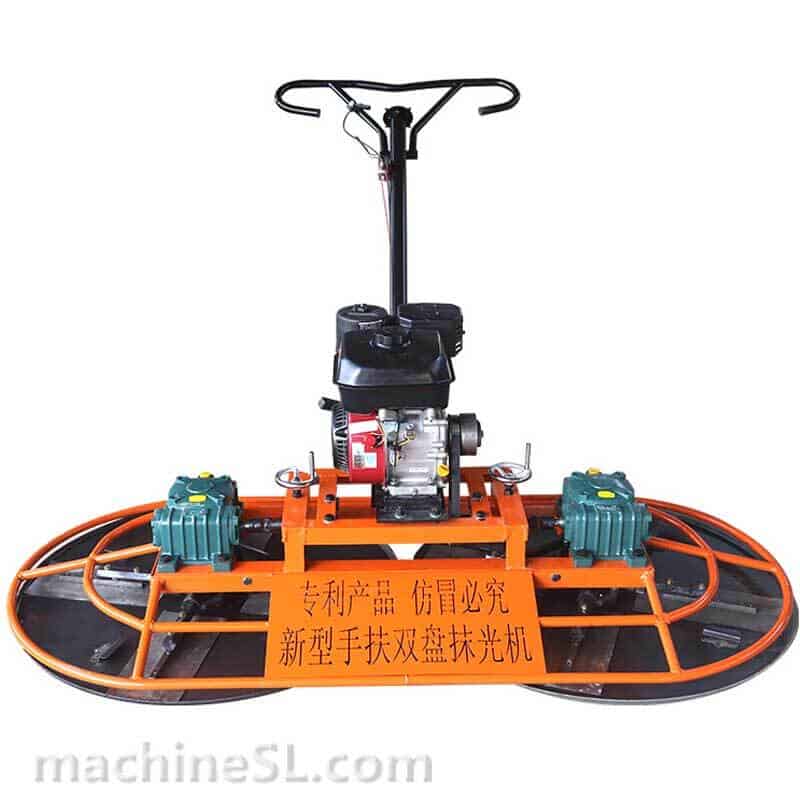
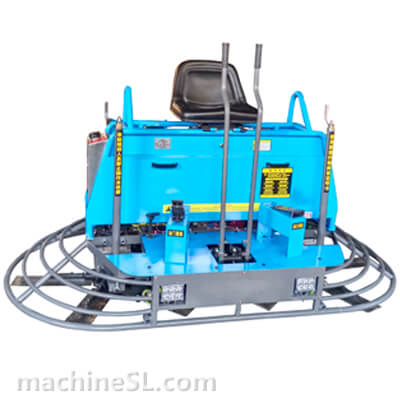
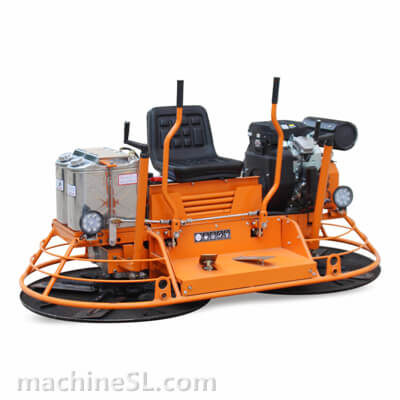
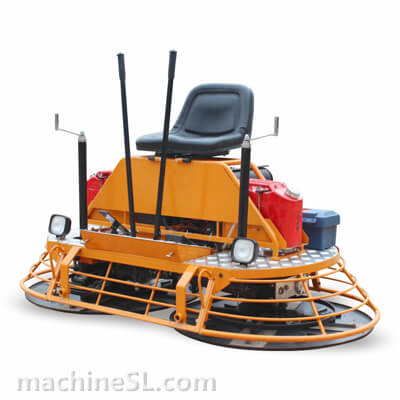
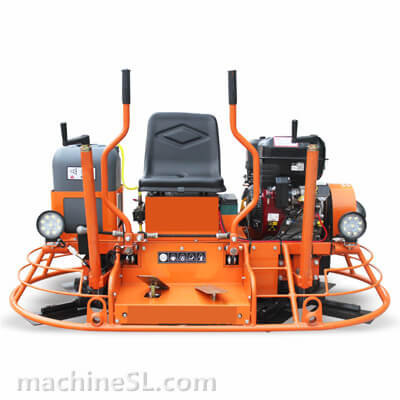
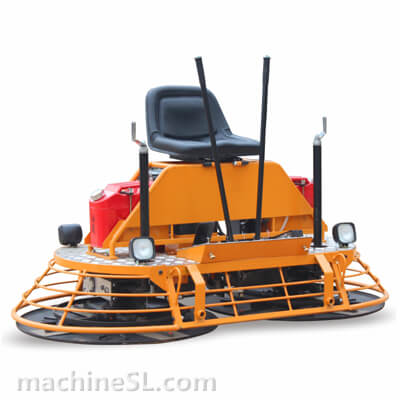
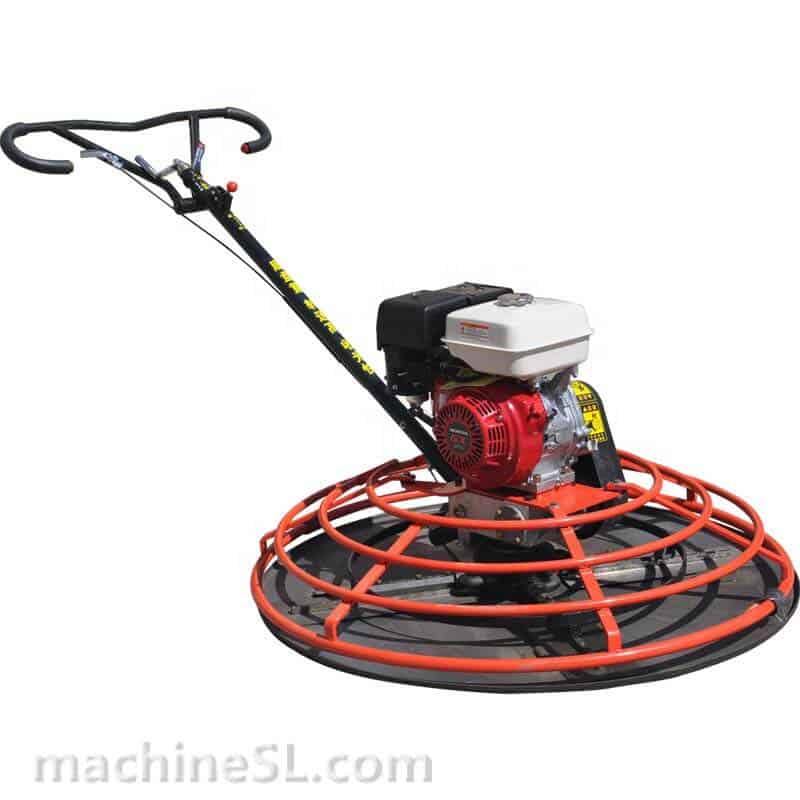
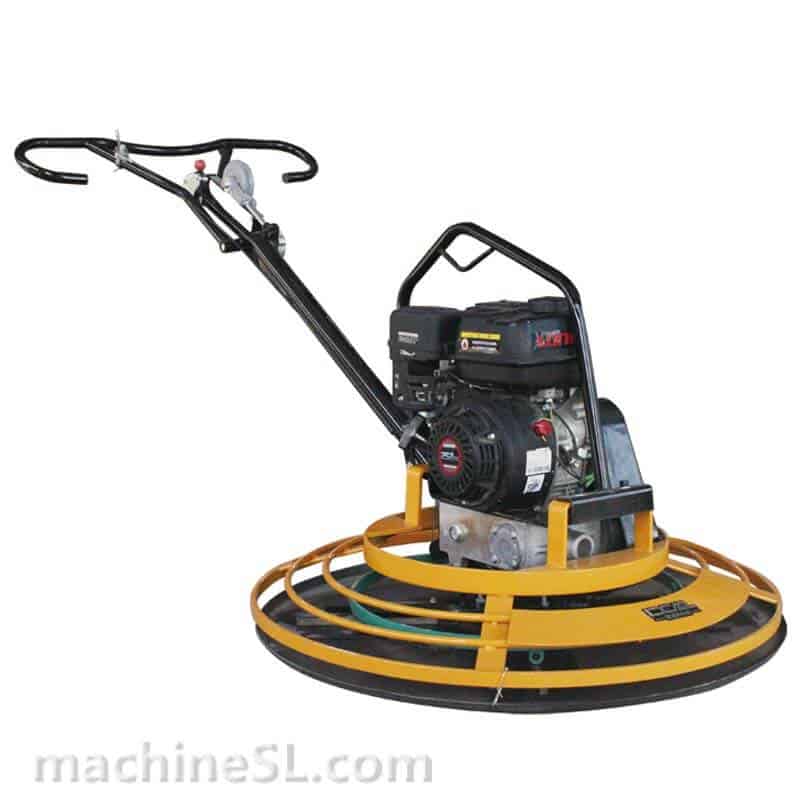
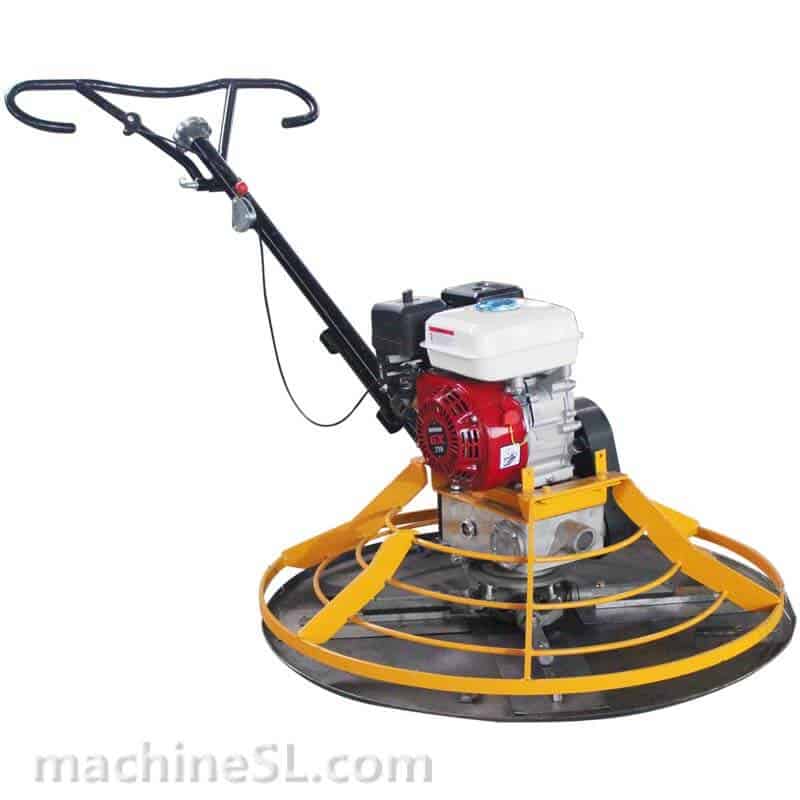
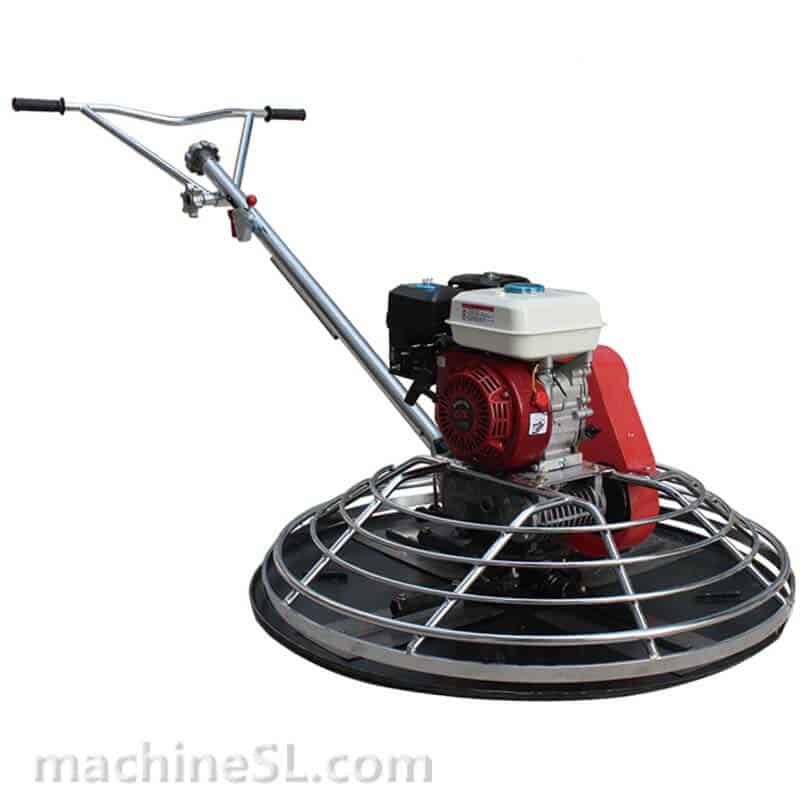
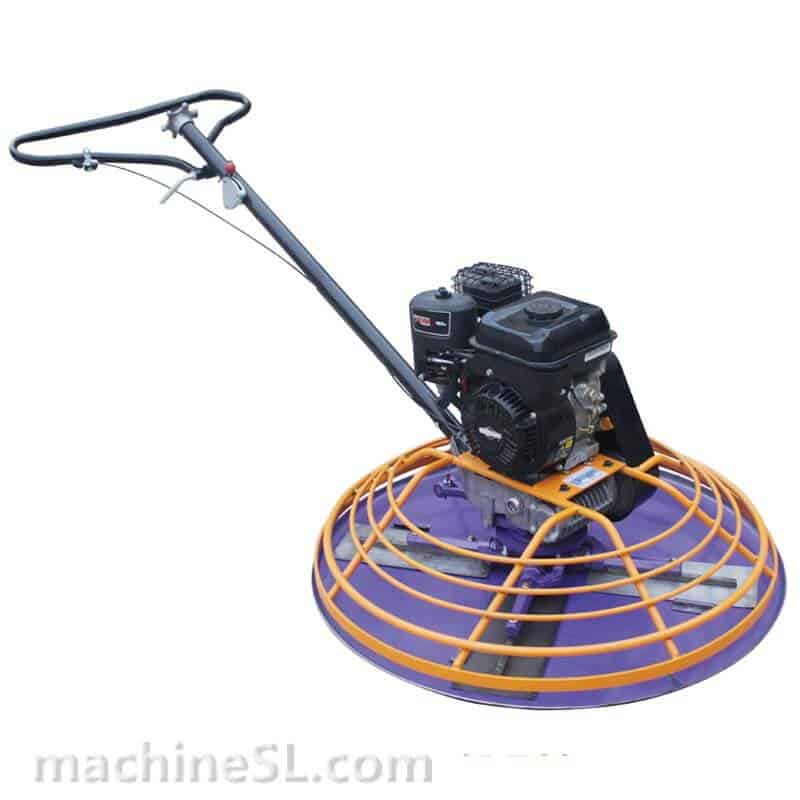
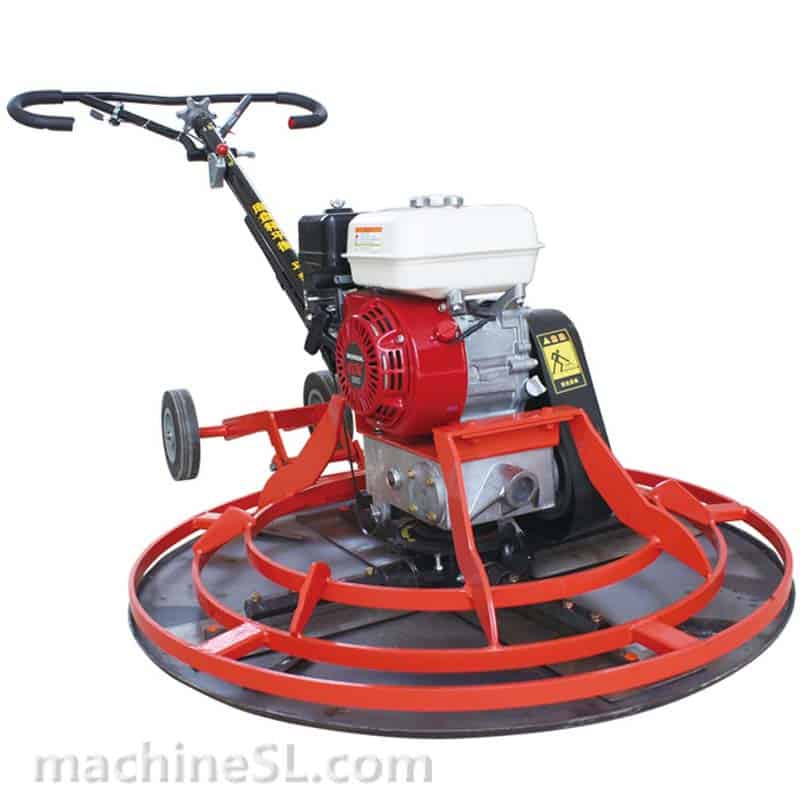
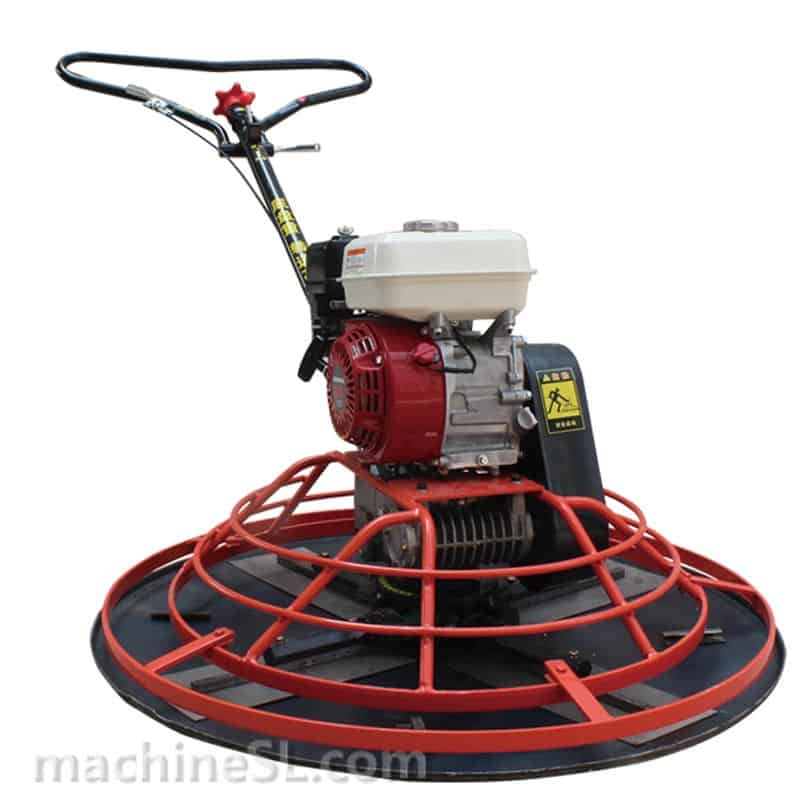
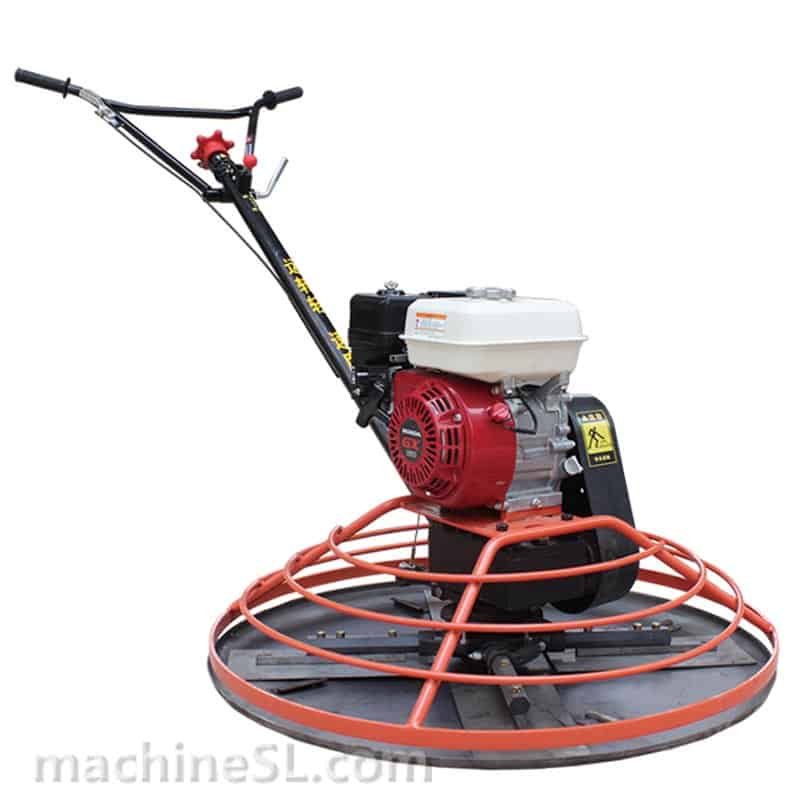
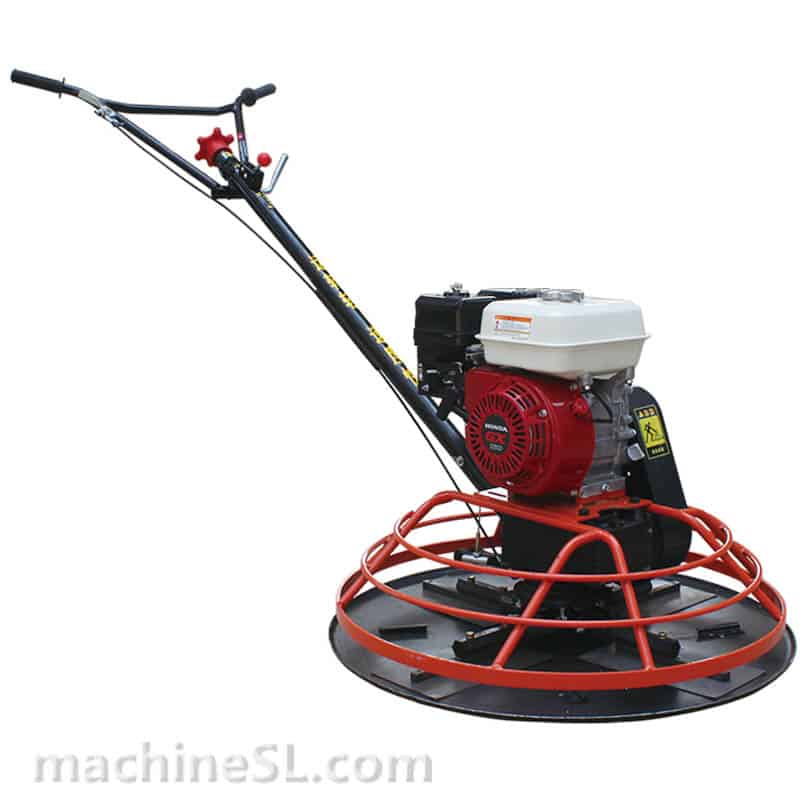
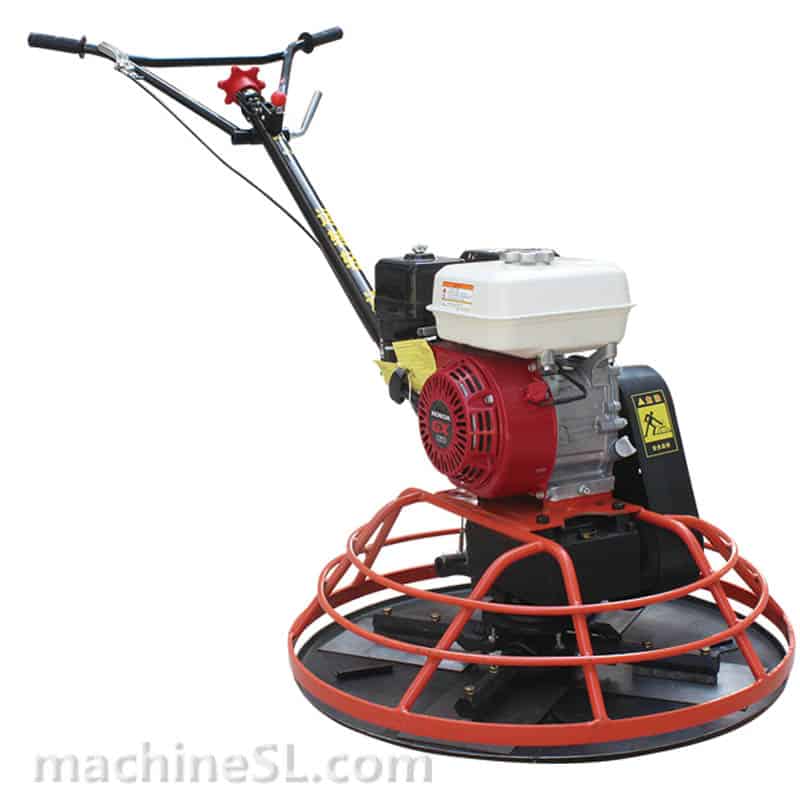
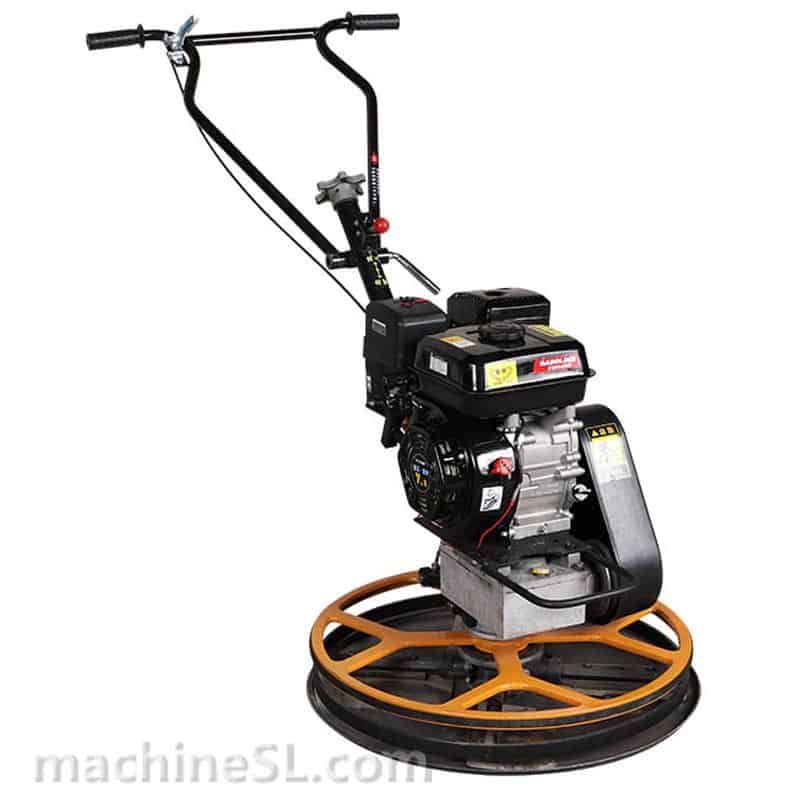
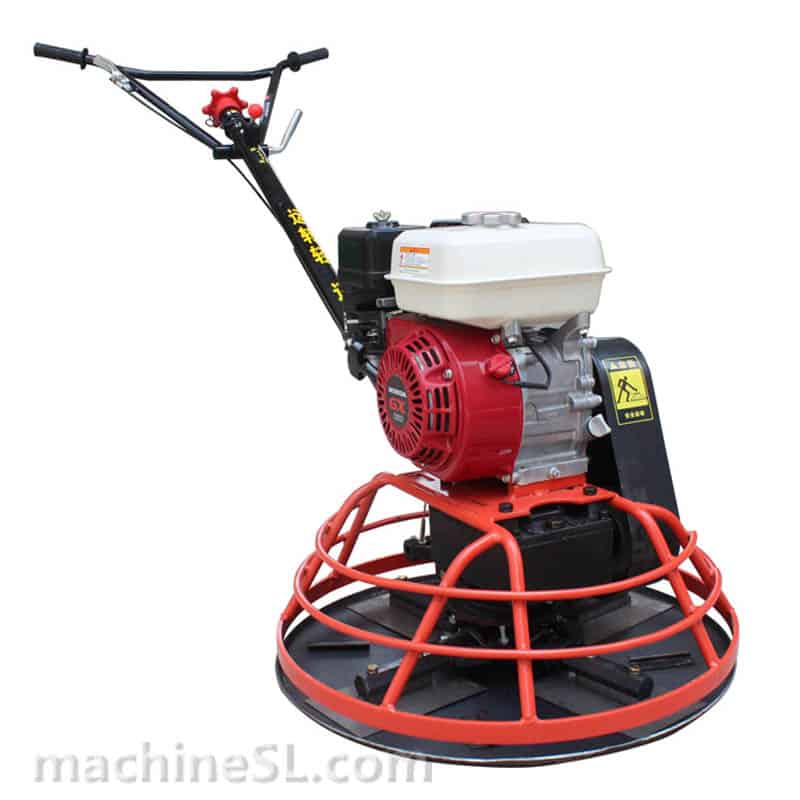
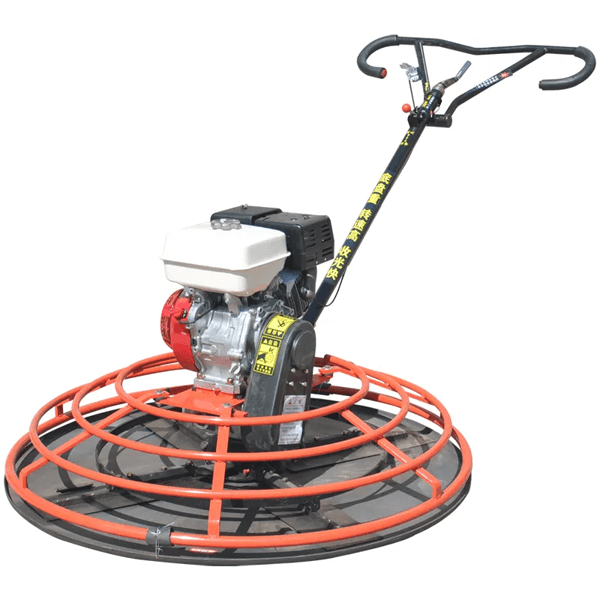
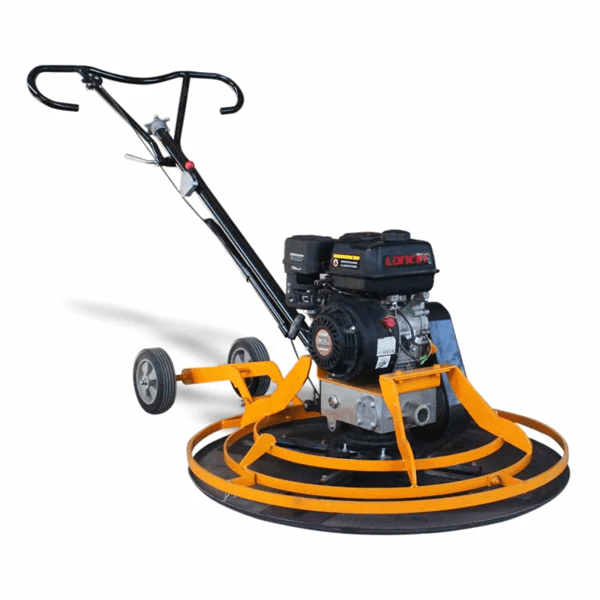

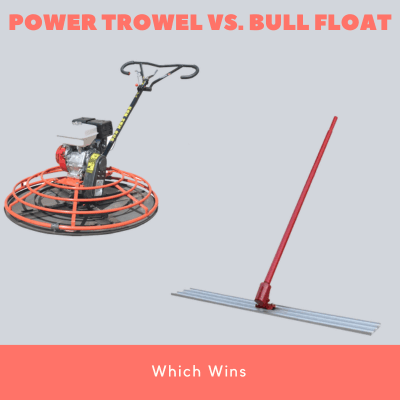
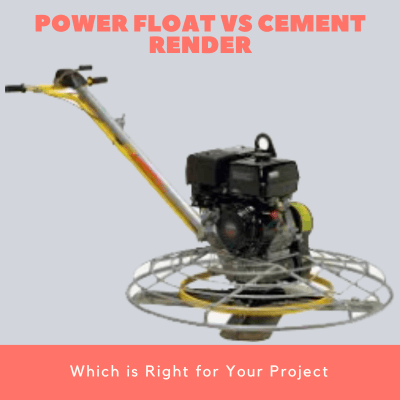
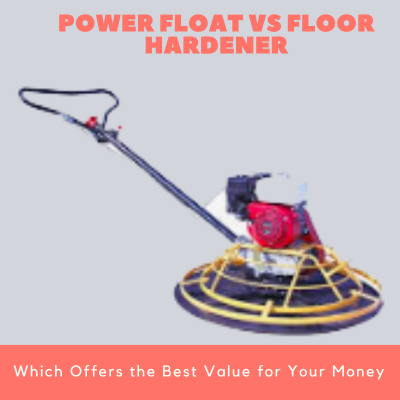
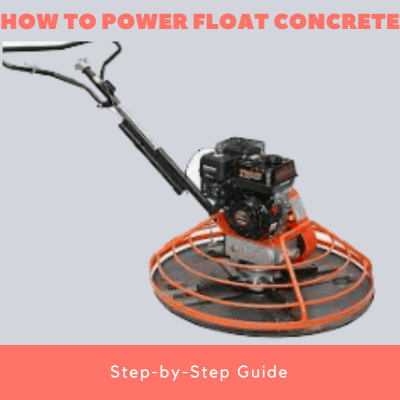
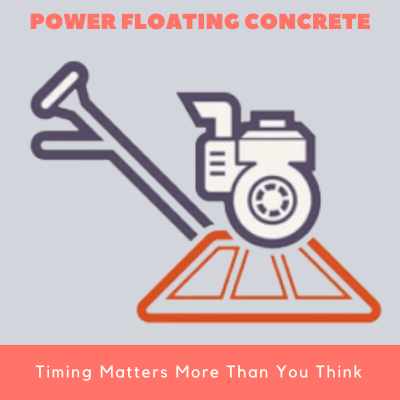
Leave A Comment